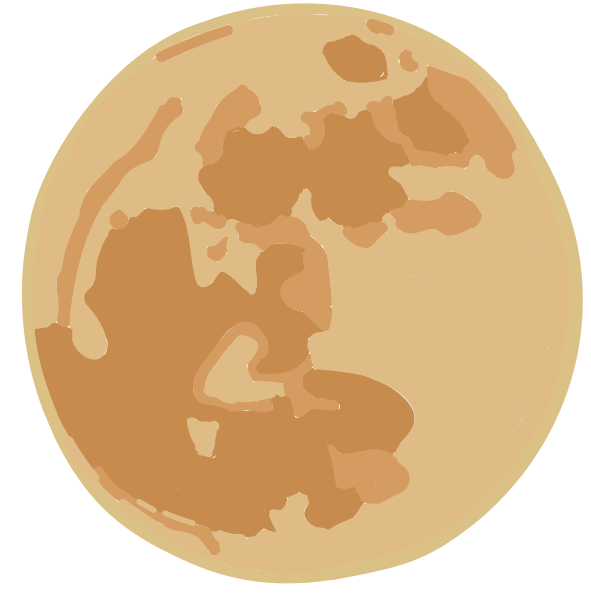Super Worm Moon Coincides with Equinox
The super worm moon was observed around the world on Wednesday, March 20.
The final supermoon of 2019 marks the official start of spring.
The last supermoon of 2019 was recently observed around the world. It was the third supermoon of the year, following a super blood wolf moon on Jan. 21, and a super snow moon on Feb. 19. This supermoon was named the super Worm Moon. According to National Geographic, the names for full moons often come from traditional Native American tribes. The super Worm Moon’s name was chosen around the time of the spring equinox. When the earth thaws, earthworms begin to emerge and migrating birds return as the temperatures get warmer which gave the moon its name.
“A lot of the names that are used to describe the full moons throughout the year come from a native North American tradition, so things like the appearance of wolves or the snow,” Tom Kerss, an astronomer at the Royal Observatory Greenwich, said.
Supermoons occur when the Moon is closest to the Earth, making it appear bigger and brighter than normal. The super Worm Moon happened at the same time as the spring equinox, this signifies when the length of day and night are almost the same. The meeting of a full moon with the spring equinox is rare. According to NASA, the moon had already reached its closest point to earth—223,300 miles from the earth, or about 16,700 miles closer than usual—on Tuesday, but it wasn’t completely full until Wednesday night.
The northern and southern hemispheres receive equal amounts of sunlight twice a year, and night and day are about equal in length. The March equinox marks the first official day of spring in the Northern Hemisphere and the end of summer in the Southern Hemisphere. This year’s super worm moon is the closest to the spring equinox since 2000 and according to Time Magazine, it is predicted it will not repeat until the year 2038.



